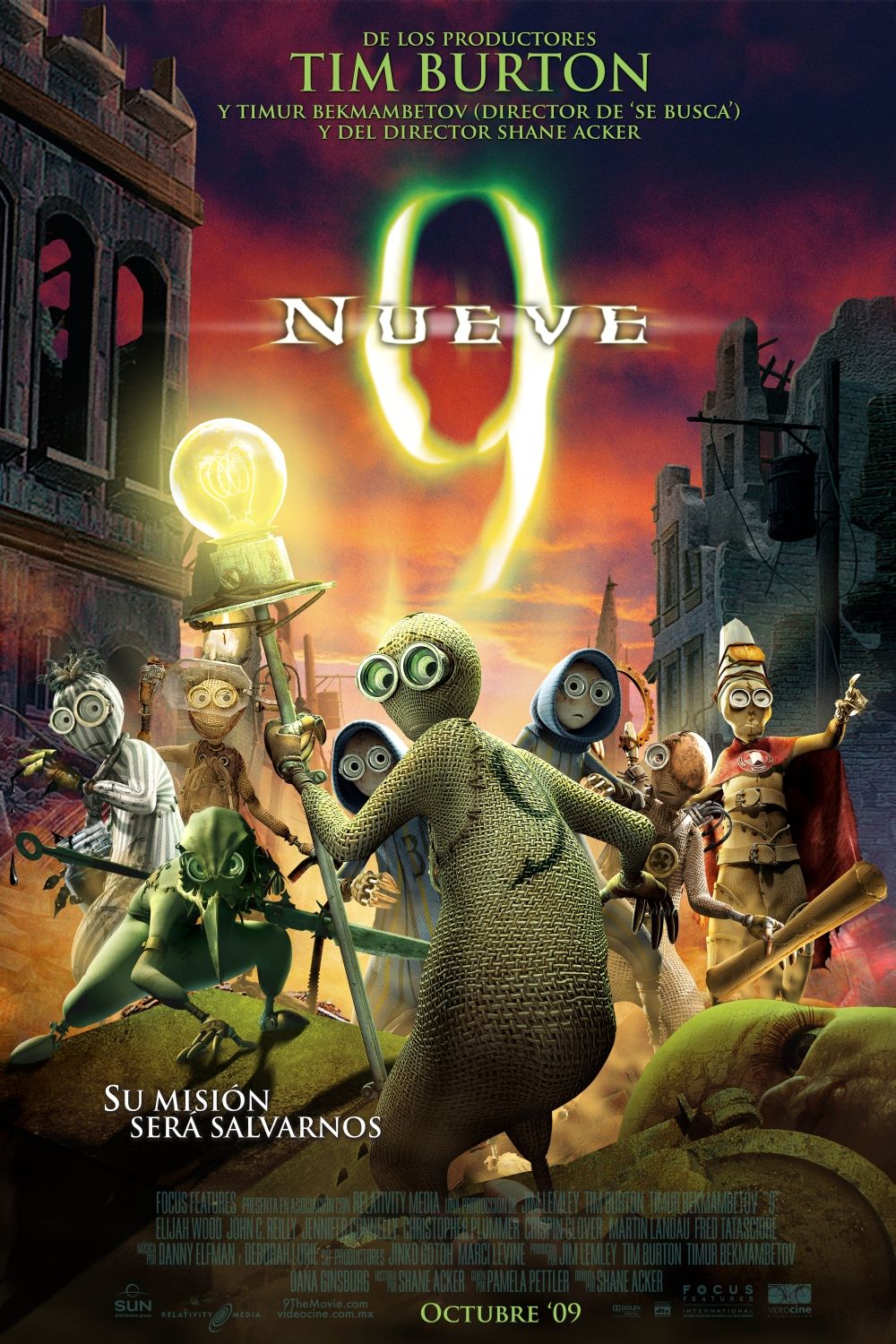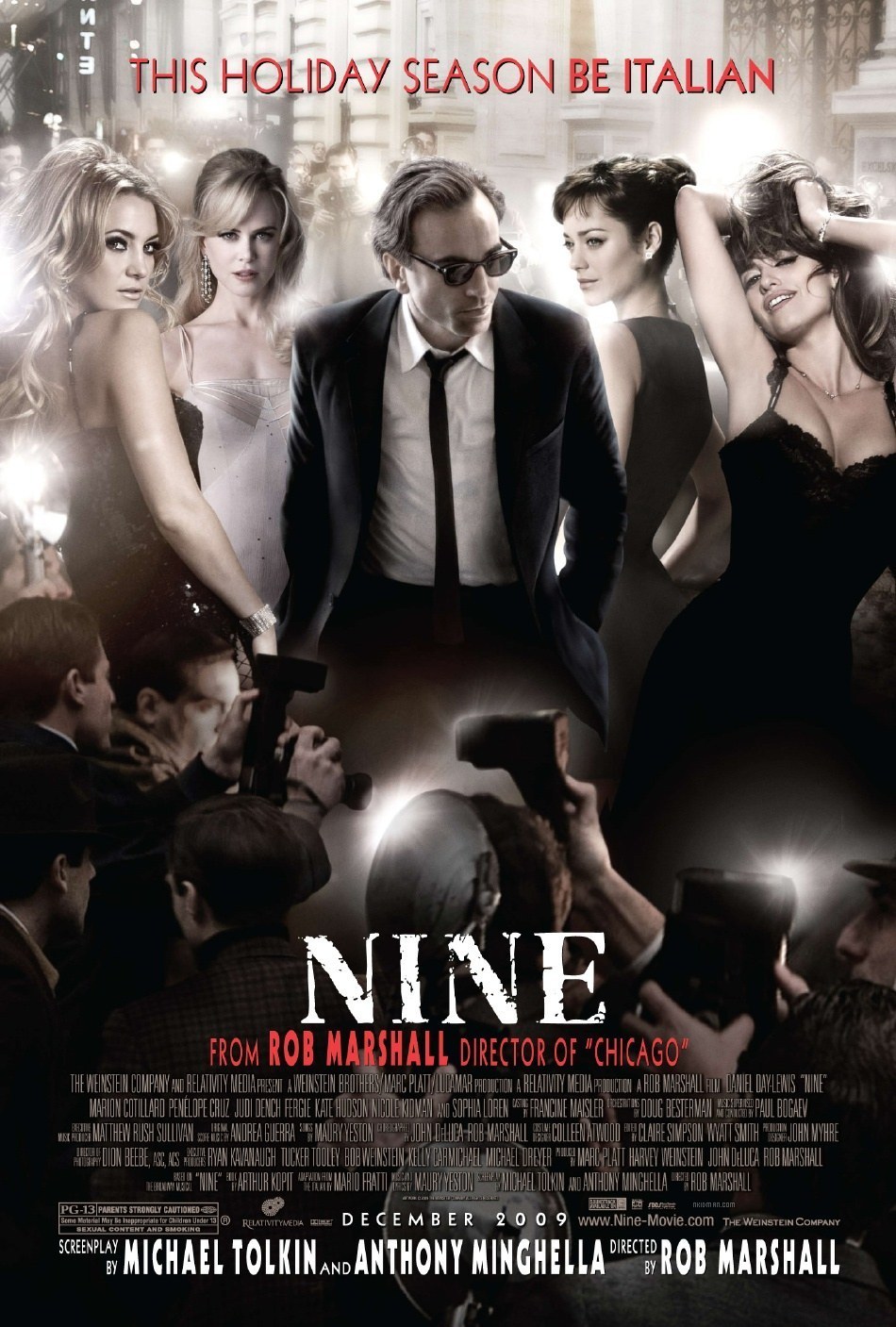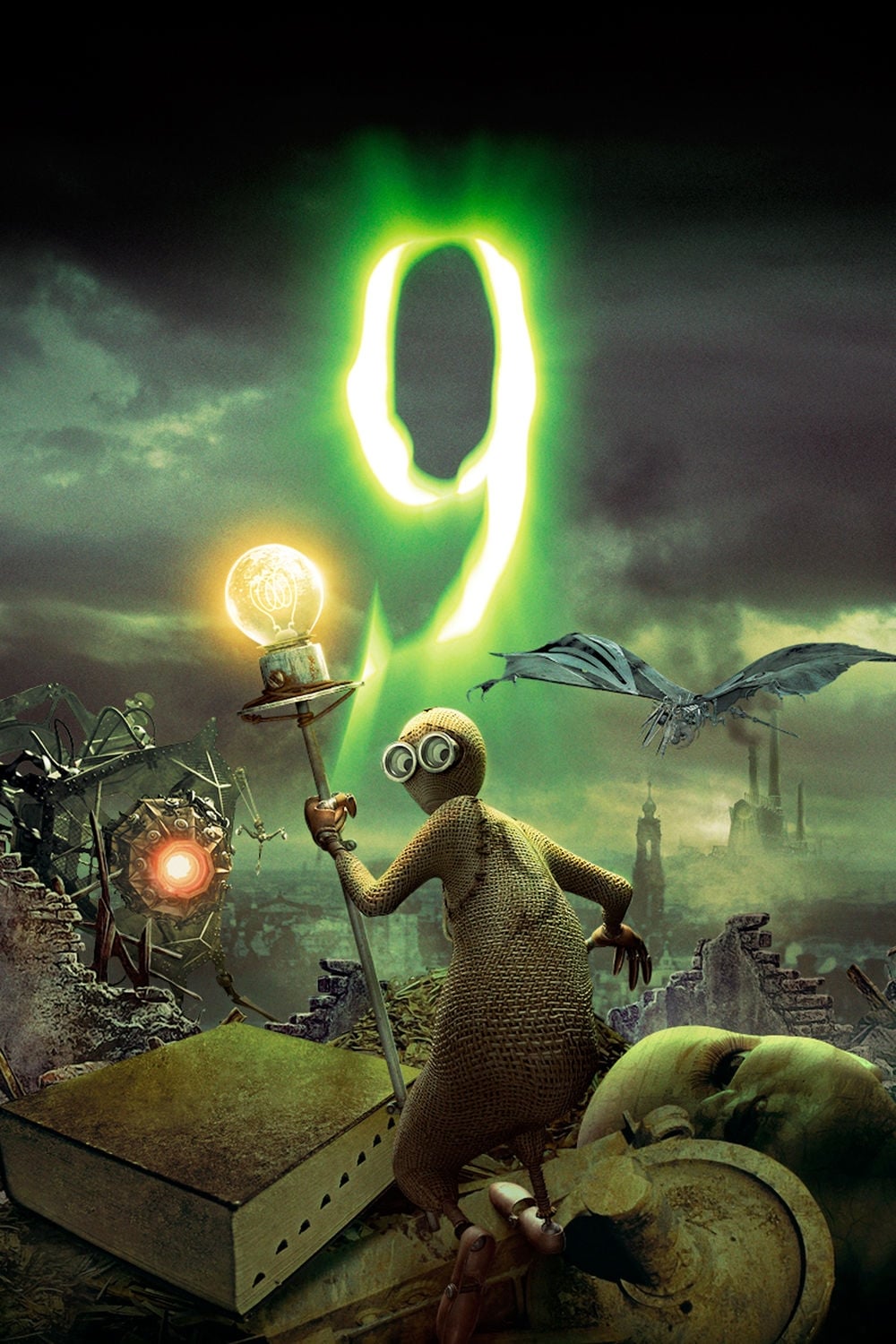Who Are The Nine Children Of Victoria? Unpacking A Royal Family Tree
Have you ever wondered about the family life of Queen Victoria, the ruler who gave her name to an entire era? It's a pretty fascinating story, actually. Queen Victoria, with her husband, Prince Albert, created a dynasty that, in a way, spread across Europe. Their family life was full of mutual respect and affection, which is something many people might not expect, given the formality of royal life back then.
So, too it's almost like a big family saga, you know, filled with enough drama and intrigue to make a popular TV show seem quite tame. They were, in fact, devoted parents, despite the immense responsibilities Victoria had as head of state. It’s interesting to think about how they managed all that.
Queen Victoria was not just the ruler of Britain; she became, in a sense, the matriarch of a very widespread royal network. Her nine children, as a matter of fact, married into royal houses all over Europe. This earned her the rather fitting nickname, "Grandmother of Europe." Let's find out what happened to each of Queen Victoria's children, shall we?
- Benedict Cumberbatch Ethnicity
- Samuel L Jackson Barron
- Ryan Reynolds Ex
- Michael Keaton Shows
- Tom Hanks Pirates
Table of Contents
- Queen Victoria: A Brief Look
- The Royal Family Tree: Victoria's Nine Children
- A Dynasty Across the Continent
- Frequently Asked Questions About Victoria's Children
Queen Victoria: A Brief Look
Queen Victoria and Prince Albert shared a really strong bond, and that's something that truly comes through when you consider their large family. It was a sign of how much Victoria cared for her husband that she kept having children, even though she apparently found pregnancy quite difficult. She even felt it made her less productive in her role as head of state, which is quite an honest thought, isn't it?
Here are some quick details about Queen Victoria herself, just to give us a bit of context. She was, in a way, a very influential figure, and her personal life, as we'll see, shaped much of Europe's royal landscape.
Personal Details and Background
| Full Name | Alexandrina Victoria |
| Reign | 1837 – 1901 |
| Spouse | Prince Albert of Saxe-Coburg and Gotha |
| Number of Children | Nine |
| Nickname | Grandmother of Europe |
She became pregnant with her very first child, Victoria, just two months after she married Prince Albert. This, in a way, set the tone for a busy family life that would unfold over the next seventeen years. All nine of their children were born within that period, which is quite a lot for any family, let alone a royal one.
- Michael Caine Dark Knight Rises
- Steve Buscemi Airheads
- Actor Samuel Jackson Net Worth
- James Mcavoy Hedwig
- Samuel L Jackson Pink Wig
The Royal Family Tree: Victoria's Nine Children
Queen Victoria and Prince Albert had nine children in total, you know, five daughters and four sons. Their lives, honestly, were packed with quite a bit of excitement, and sometimes, even a little scandal. Being children of the queen probably meant not having fun all the time, but still, they definitely had opportunities that other kids just didn't, as a matter of fact. Let's get to know them a little better, one by one.
From the oldest to the youngest, their names were Victoria, Albert (who was called Bertie), Alice, Alfred, Helena, Louise, Arthur, Leopold, and Beatrice. Remarkably for that time, all of them lived into adulthood, which was not a given back then. This is, in some respects, quite a testament to the care they received.
Victoria, Princess Royal
Victoria, the Princess Royal, was the eldest daughter, born in 1840. She was, you know, the first of the nine. She grew up to marry Frederick III, who would become the Emperor of Germany. This marriage made her the Empress of Germany, which is a pretty significant title, obviously. She passed away in 1901, just before her mother, actually. Her life, in a way, connected the British and German royal houses very closely.
Her story, too it's almost like a bridge between two major European powers. She was, in fact, a very intelligent woman, and her marriage had big political implications. Her role, as a matter of fact, was to strengthen ties between Britain and Germany, which was a pretty important job for a young woman.
Albert Edward (Bertie), Prince of Wales
Albert Edward, known to his family as Bertie, was the second child and the eldest son, born in 1841. He was, in a way, the heir to the throne, which is a lot of pressure for anyone. He would later become King Edward VII, following his mother's incredibly long reign. His time as Prince of Wales was, in some respects, quite long, and he developed a reputation for enjoying life. This, you know, sometimes caused a bit of concern for his parents.
His personality was, apparently, quite different from his father's more serious nature. Bertie, you see, liked social events and had a rather charming way about him. He was, as a matter of fact, a popular figure, and his eventual accession to the throne marked a new era after Victoria's long rule.
Princess Alice
Princess Alice was the third child, born in 1843. She was, you know, a very kind and caring person, and she often helped her parents, especially during times of illness in the family. She married Louis IV, Grand Duke of Hesse and by Rhine. Her life, sadly, was touched by personal loss, which is something that affected her deeply. She was, in fact, known for her compassion and her work in nursing.
Her descendants, too it's almost like a ripple effect, would include figures like Empress Alexandra Feodorovna of Russia, who was her daughter. This means that Alice, in a way, played a part in connecting the British royal family to the Russian imperial family, which is a pretty big deal, obviously. She died relatively young, which was a great sorrow to her mother, as a matter of fact.
Prince Alfred, Duke of Edinburgh
Prince Alfred, or 'Affie' as he was sometimes called, was the fourth child and second son, born in 1844. He had, you know, a strong interest in the navy and pursued a career in the Royal Navy, which was quite fitting for a prince of a maritime nation. He became the Duke of Edinburgh and later the reigning Duke of Saxe-Coburg and Gotha, inheriting that title from his uncle. He was, in a way, a bit more reserved than his older brother, Bertie.
His marriage was to Grand Duchess Maria Alexandrovna of Russia, the only daughter of Emperor Alexander II of Russia. This union, as a matter of fact, further extended Queen Victoria's family ties into another major European power. He was, apparently, quite dedicated to his naval career and his duties.
Princess Helena
Princess Helena, the fifth child and third daughter, arrived in 1846. She was, you know, known for her practical nature and her dedication to various charitable causes. She married Prince Christian of Schleswig-Holstein, who was, in a way, a somewhat lesser-known German prince. Their marriage was, in some respects, a happy one, and they lived close to Queen Victoria, which was something her mother appreciated.
Helena was, in fact, very involved in nursing and social welfare, dedicating much of her life to these efforts. She was, apparently, a very steady presence in the royal family, often helping her mother with correspondence and other duties. Her life, as a matter of fact, shows how some of Victoria's children found purpose in public service.
Princess Louise
Princess Louise, the sixth child and fourth daughter, was born in 1848. She was, you know, arguably the most artistic of Victoria's children, with a talent for sculpture and painting. Unlike her sisters who married European royalty, Louise married a commoner, John Campbell, the Marquess of Lorne, who later became the Duke of Argyll. This was, in a way, quite unusual for a royal princess at the time, which is pretty interesting, obviously.
Her choice of husband, as a matter of fact, showed a bit of independence, and she was, apparently, quite spirited. She also served as the Vicereine of Canada when her husband was Governor General, which is a pretty big role. Her life, too it's almost like a blend of royal duty and personal artistic expression.
Prince Arthur, Duke of Connaught and Strathearn
Prince Arthur, the seventh child and third son, was born in 1850. He was, you know, said to be Queen Victoria's favorite son, which is a pretty special thing. He pursued a military career, becoming a field marshal in the British Army, which is a very high rank. He was, in a way, quite disciplined and dedicated to his military service. He married Princess Louise Margaret of Prussia, further linking the British and German royal families.
His career took him to various parts of the British Empire, serving in different capacities, as a matter of fact. He was, apparently, a very loyal and dutiful son, and his military service was a source of pride for his mother. His life, you know, shows the traditional path many royal sons took in that era.
Prince Leopold, Duke of Albany
Prince Leopold, the eighth child and fourth son, arrived in 1853. He was, you know, unfortunately, quite frail from birth, suffering from hemophilia, a genetic condition that was not well understood at the time. Despite his health challenges, he was, in a way, very intelligent and had a keen interest in literature and the arts. He married Princess Helena of Waldeck and Pyrmont. His life, sadly, was cut short due to his illness.
His intellectual pursuits were, apparently, quite remarkable given his physical limitations. He was, in fact, a very bright young man who loved learning. His early death, as a matter of fact, was a great sorrow to the entire family and highlighted the presence of hemophilia within the royal lines, which would have significant historical consequences later on.
Princess Beatrice
Princess Beatrice was the ninth and youngest child, born in 1857. She was, you know, very close to her mother, especially after Prince Albert's death. She married Prince Henry of Battenberg, but only after promising her mother that she would stay living with her. This was, in a way, a condition set by Victoria, who relied heavily on Beatrice's companionship. Beatrice was, in some respects, a constant presence in her mother's life.
She was, apparently, quite devoted to her mother, acting as her unofficial secretary for many years. Her life, as a matter of fact, revolved around her mother's needs for a very long time. She was, you know, the last surviving child of Queen Victoria, living until 1944. Her experiences offer a unique look at the later years of the Victorian era and the beginning of the 20th century.
A Dynasty Across the Continent
Queen Victoria truly became known as the "Grandmother of Europe" for a very good reason. Her nine children, as a matter of fact, married into the royal houses of Germany, Russia, Denmark, Sweden, and beyond. This created a vast web of interconnected royalty across the continent. It's pretty incredible when you think about it, obviously, how one family could have such widespread influence.
These marriages meant that Victoria's 42 grandchildren, in a way, shaped the makeup of royal dynasties all over Europe. Sometimes, you know, these family connections even led to situations where cousins faced off against one another in warfare, which is a rather stark illustration of the complexities of royal ties. You can learn more about Queen Victoria's impact on a wider scale.
Looking back, the lives of Victoria and Albert's children were, in some respects, quite extraordinary. They were privileged, yes, but they also lived under immense public scrutiny and carried the weight of royal expectations. Their stories, you know, offer a glimpse into a time when royal families held significant sway over international relations. Learn more about Queen Victoria's dynasty on our site, and you can also explore more royal family stories that shaped history.
Frequently Asked Questions About Victoria's Children
How many children did Queen Victoria and Prince Albert have?
Queen Victoria and Prince Albert had nine children together, as a matter of fact. They had five daughters and four sons, which is quite a large family, especially for someone in such a prominent public role. Their family life, in a way, was quite full and busy.
What were the names of Queen Victoria's five daughters?
Queen Victoria's five daughters were named Victoria (the Princess Royal), Alice, Helena, Louise, and Beatrice. Each of them, you know, had their own distinct personalities and interests, which is pretty common in any family, really.
Which of Queen Victoria's children married into other European royal families?
Most of Queen Victoria's children married into other European royal houses, which is how she earned her famous nickname. For example, Victoria married into the German royal family, Alice into the Hesse royal family, and Alfred married a Russian Grand Duchess. This, in a way, created a very widespread network of royal connections across the continent, which is pretty fascinating, obviously.
- Tom Hanks Happy Days
- Net Worth Of Lil Bow Wow
- Ewan Mcgregor Family
- Benedict Cumberbatch Face
- Darcy Lapier Spouse

9 Movie Posters

Nine Movie Posters - Nine (2009) Photo (9419571) - Fanpop

Nine